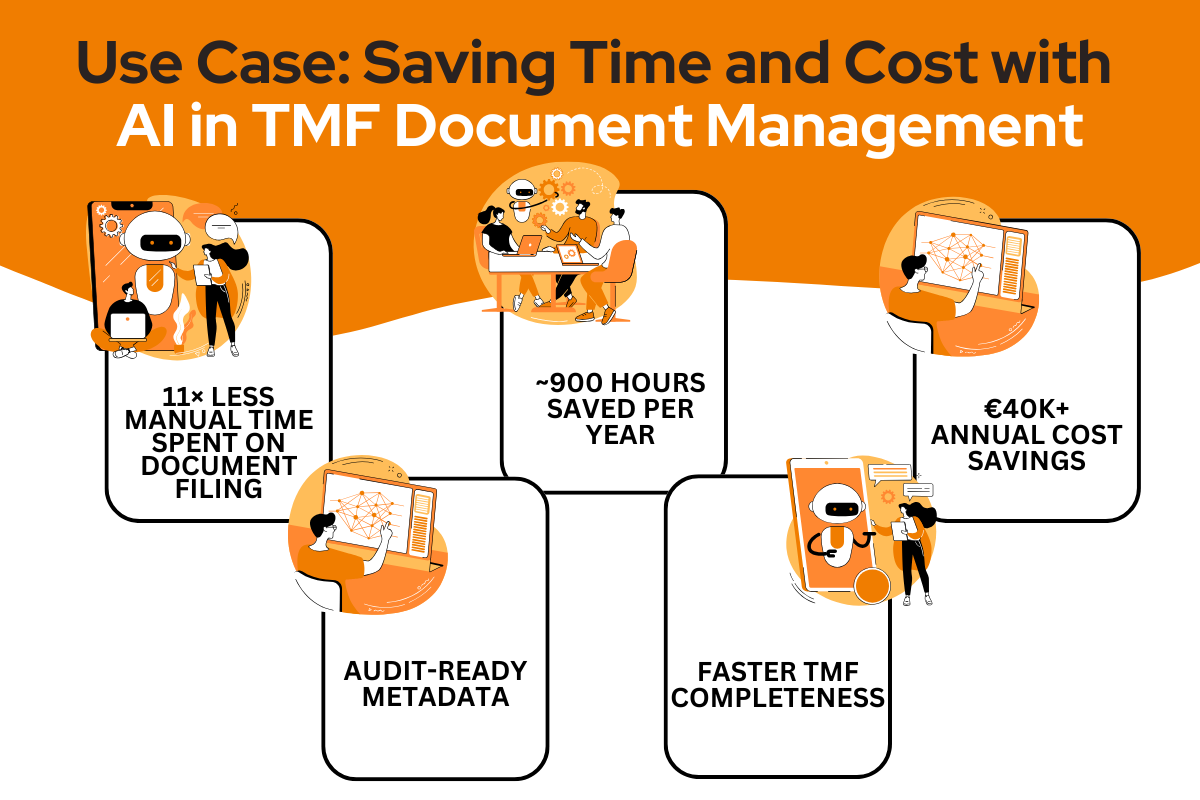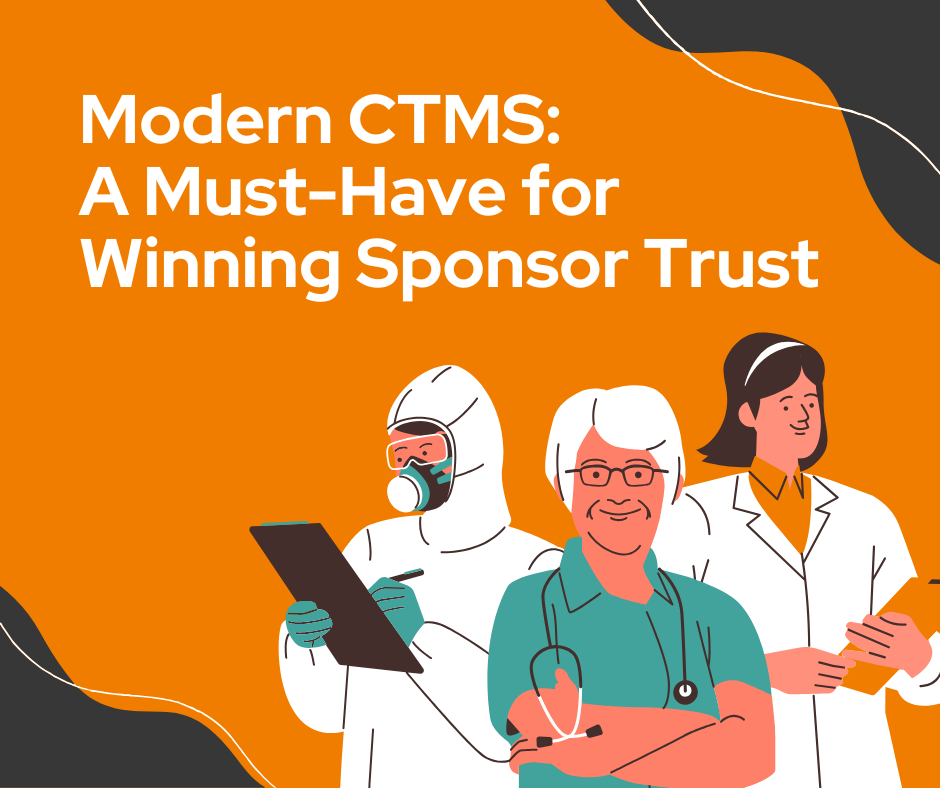Practical Risk-Based Monitoring implementation tips
April 25, 2016
Risk-based monitoring is a hot topic right now. It is burning through lots of US and European events. So, the world is changing, is your company ready to embrace it?
We can remind ourselfs about the times of numerous papers, faxes, Excel tracking, manual tracking, blue ink signatures, etc. It wasn’t that long ago. Looking into not that distant future we get to realize that RBM is something to accept and get prepared to as well as implement.
Clearly FDA, EMA and PMDA are supporting risk-based approach and even ICH E6 changes are within a reach already. So what about quality management and risk-based management in your company? Here is our expert opinion on automating RBM process and 3 practical keys to get started with RBM.
1. At Flex Databases we believe that practice makes perfect. That is why our main recommendation with RBM would be setting one trial project within your Clinical Trial Management System with risk-based monitoring. The main interests now are site management, source document review and remote review versus source document verification. As any reasonable person you would prefer dipping a toe rather than diving in head first. So start with a pilot project to validate technology on your end and refine RBM process. You set up the process, you work within new system, you get together, have a nice lessons learnt session, you implement new features, fine-tune the process, work a little bit more and get together again to discuss. It’s just like in a shampoo commercial, rinse and repeat. It definitely helps to get prepared to move from a 100 percent SDV model, toward a targeted SDV/SDR approach. Before a large-scale launch have an RBM master plan developed and validate it on one study.
2. Come prepared in terms of training. It is most helpful to have a theoretical session on RBM within the project team, leading to first training session in the system. Then take a pause, let your employees play with the system, the data is to be mock of course. Then have another session in a week for Q&As. This approach helped a lot during multi-module CTMS implementation and it helps again implementing a new approach and introducing it to your team. Rolling out a good educational program helps avoiding mistakes, employees’ stress and rejection of this new approach.
3. Make sure you can have long stable relationship with your CTMS vendor. Engaging into RBM is a long run. How long does a nice trial last, say 4-5 years. Longer than most of the marriages now. Are you ready to commit to this type of relationship with your vendor? As all of the companies are like different families with their values, culture and workflows, make sure to find the most flexible provider with no hidden costs not to get yourself into customization circle of pain. Your vendor should be ready to grow their technology right along with your organization.
Please share your practical advice on RBM implementation. Let’s power through new industry challenges together.
Get in touch with us bd@flexdatabases.com



